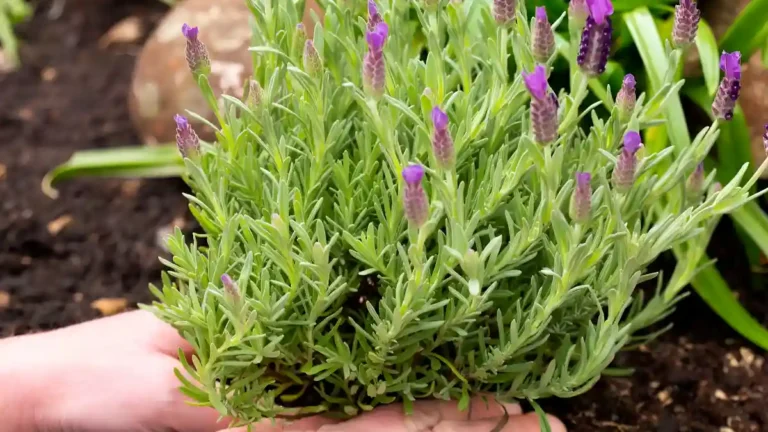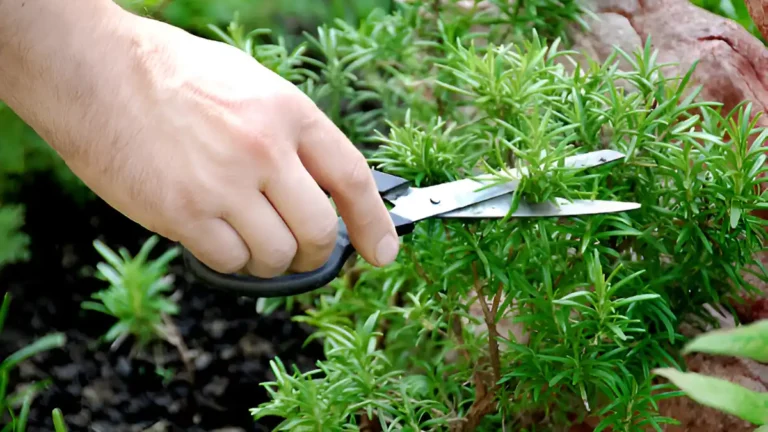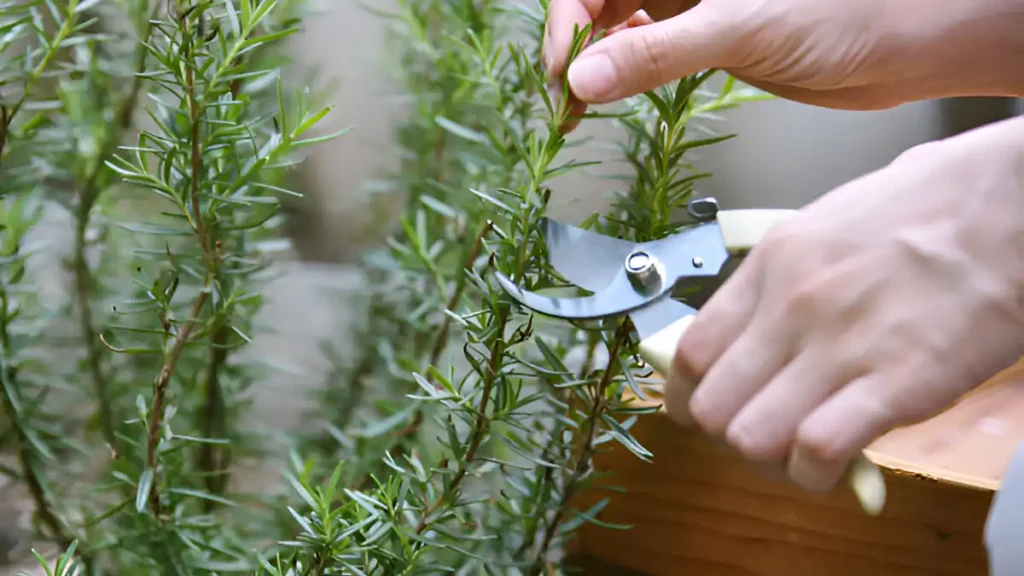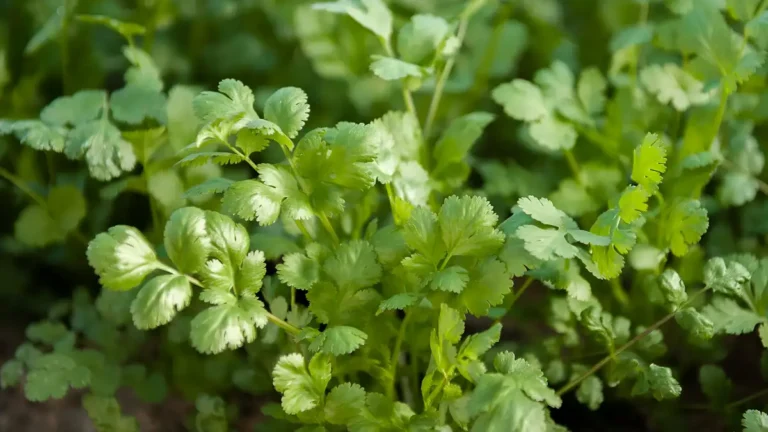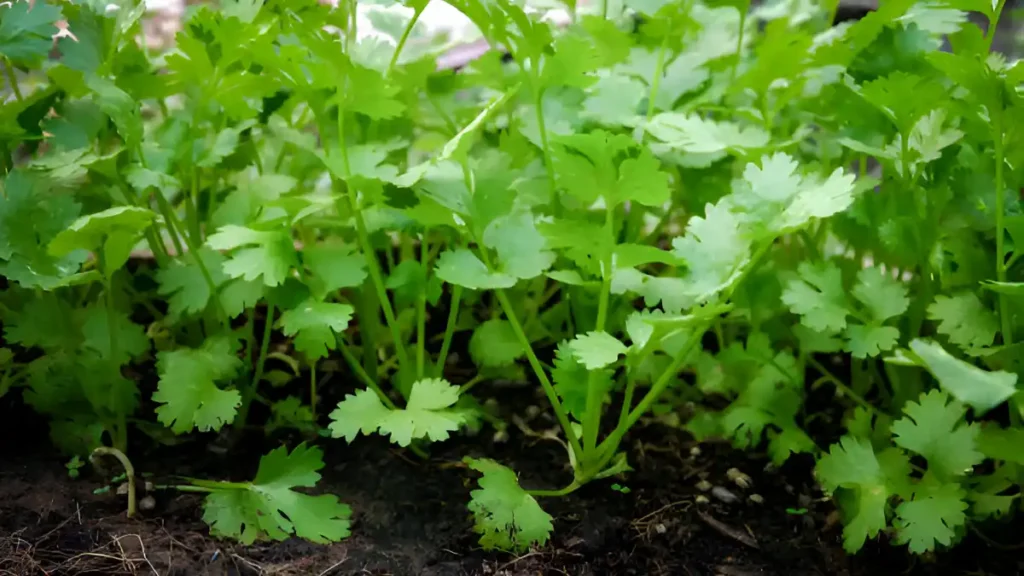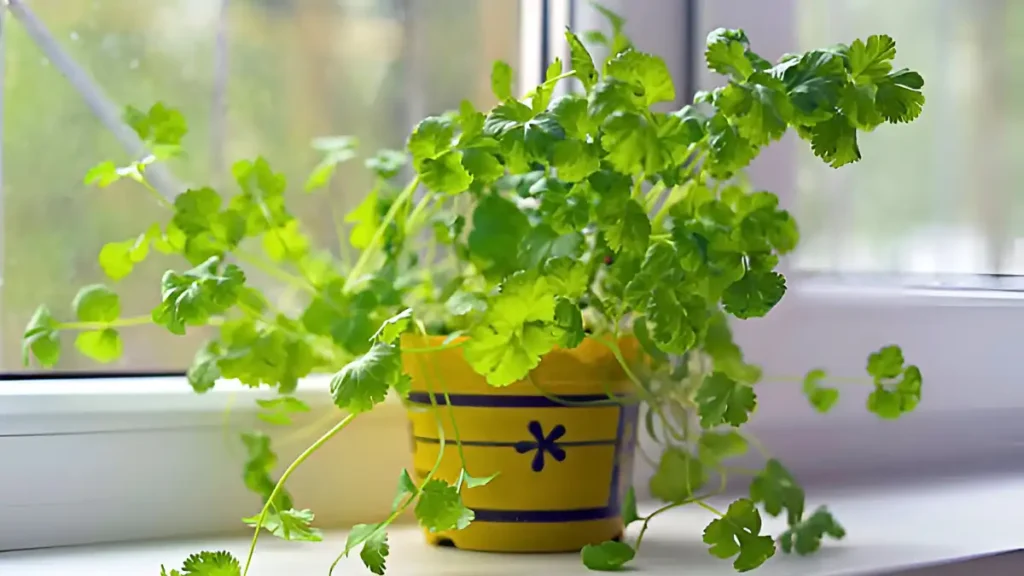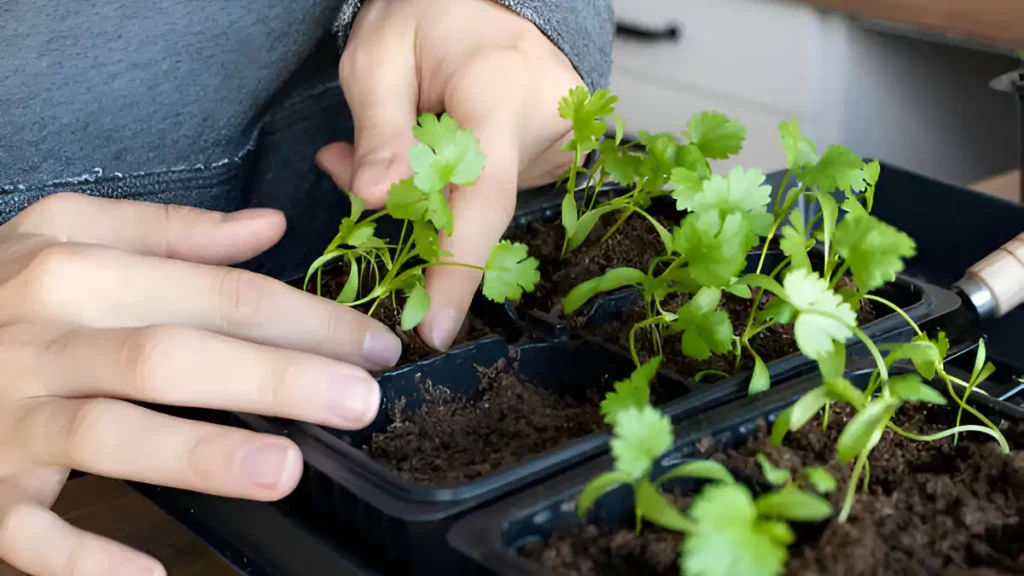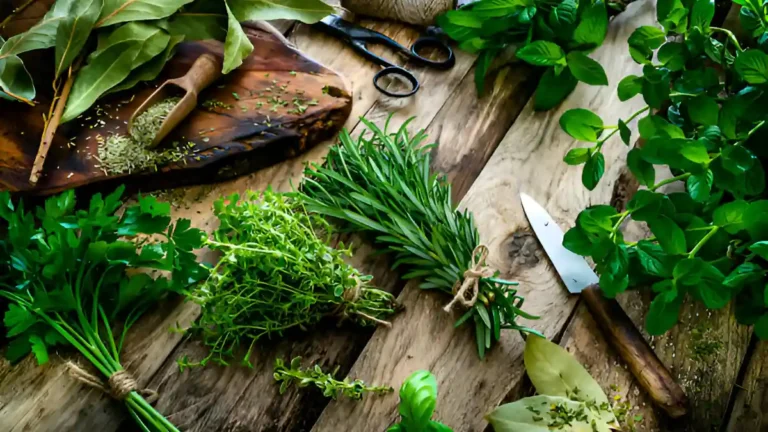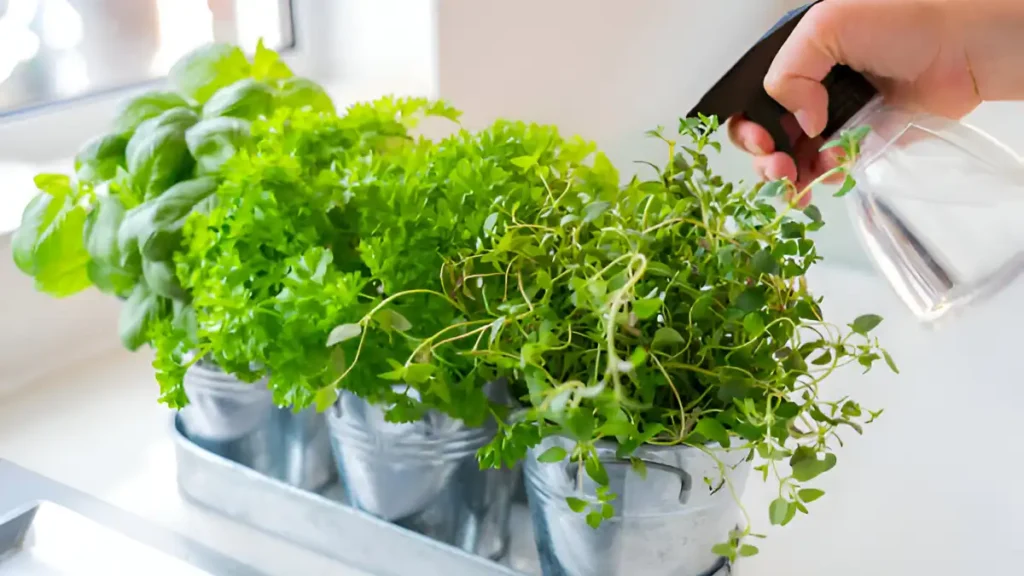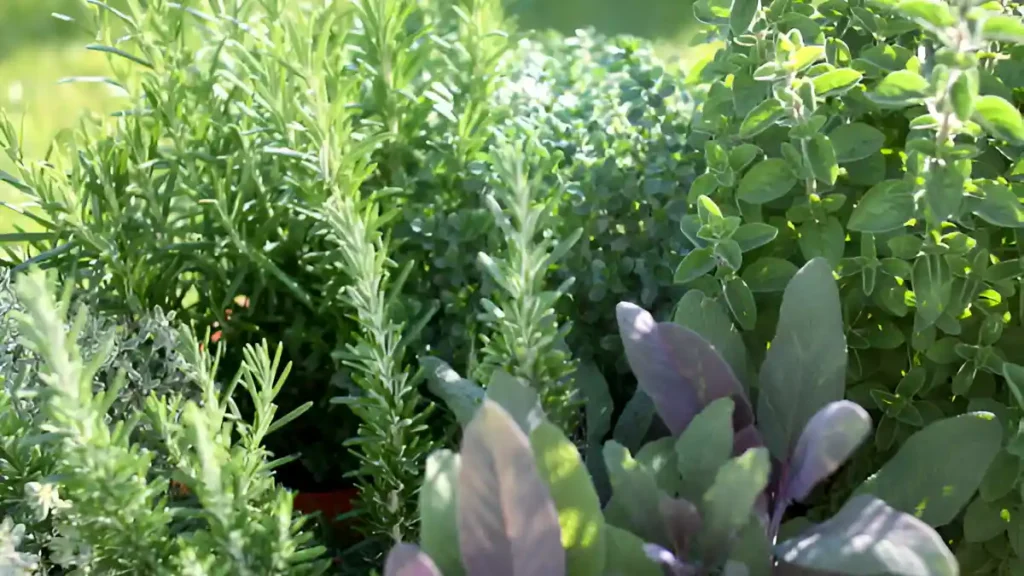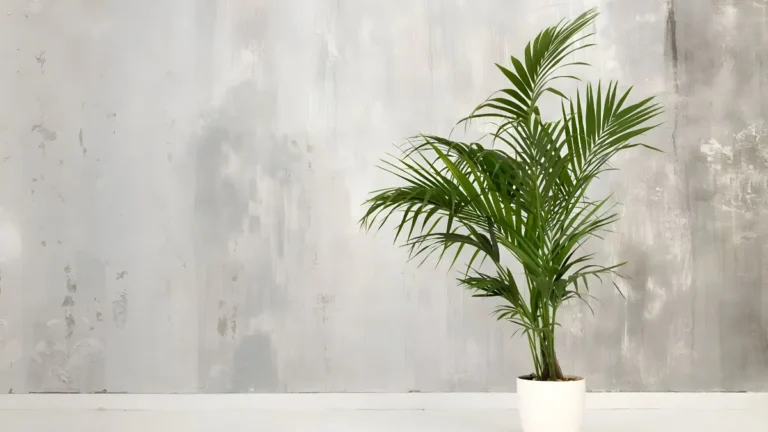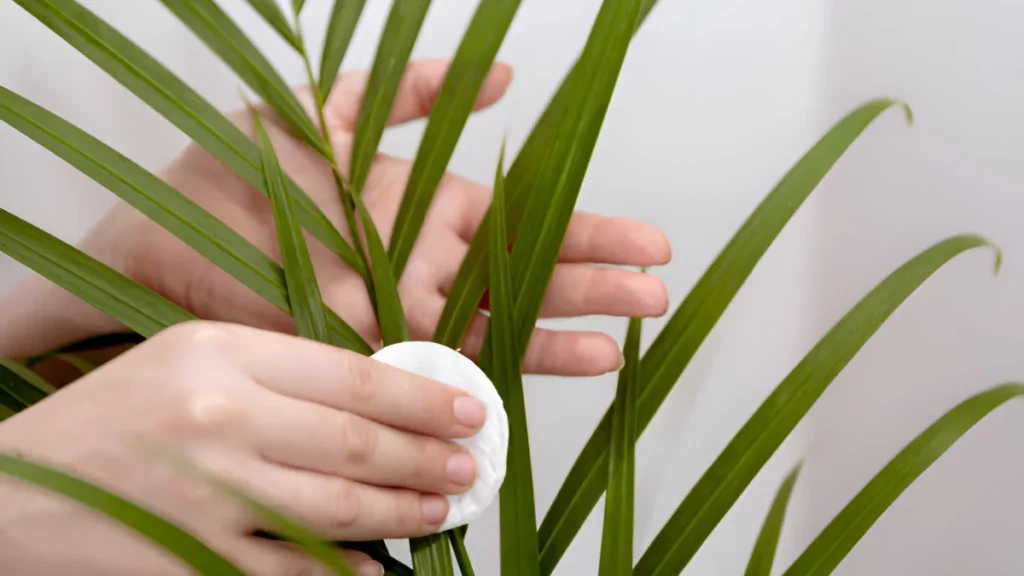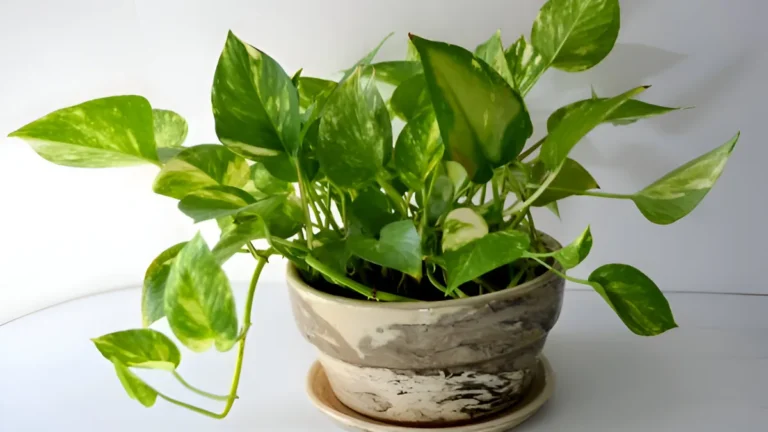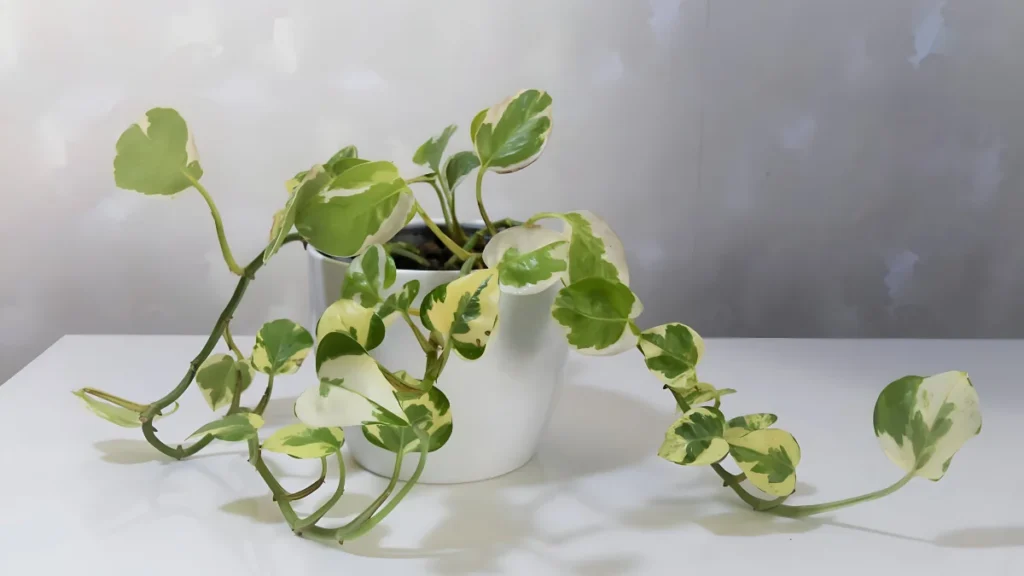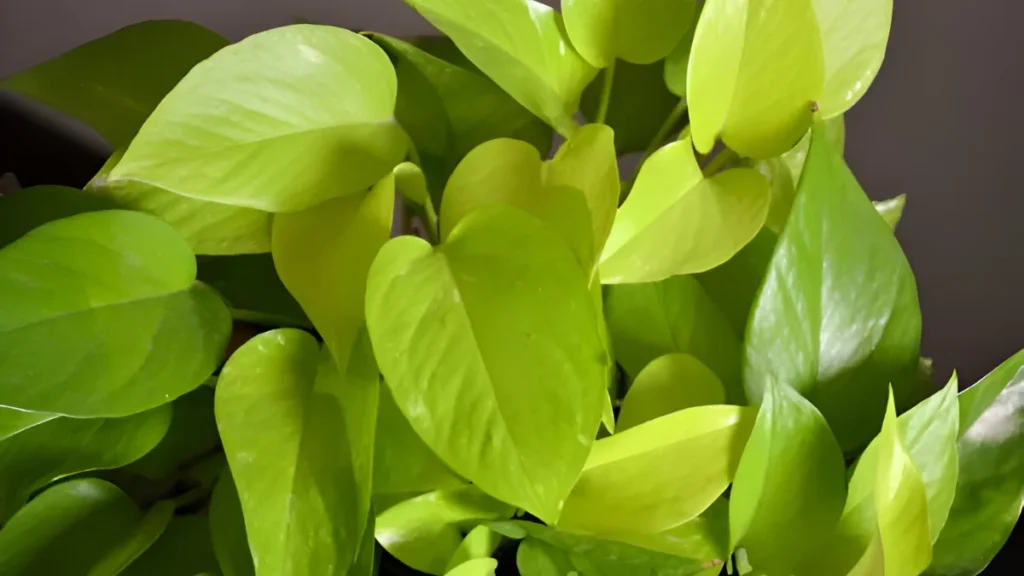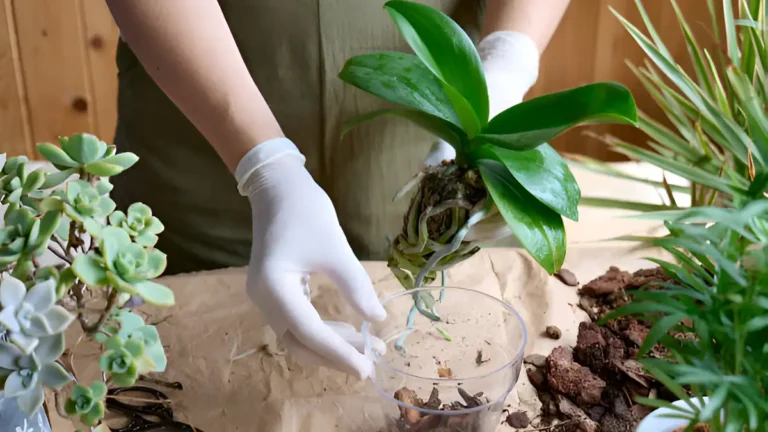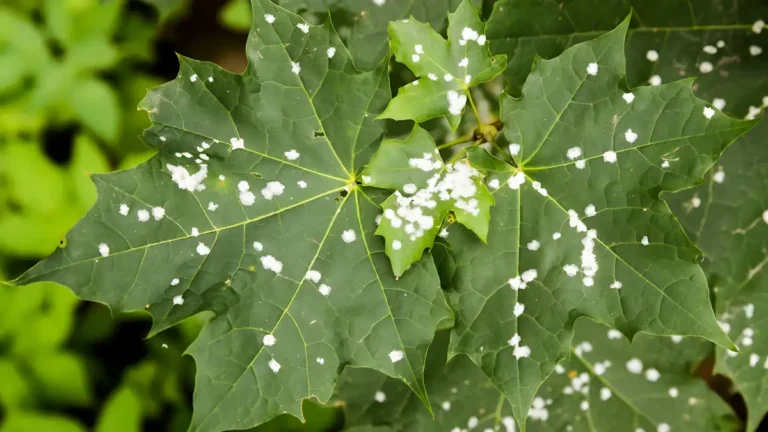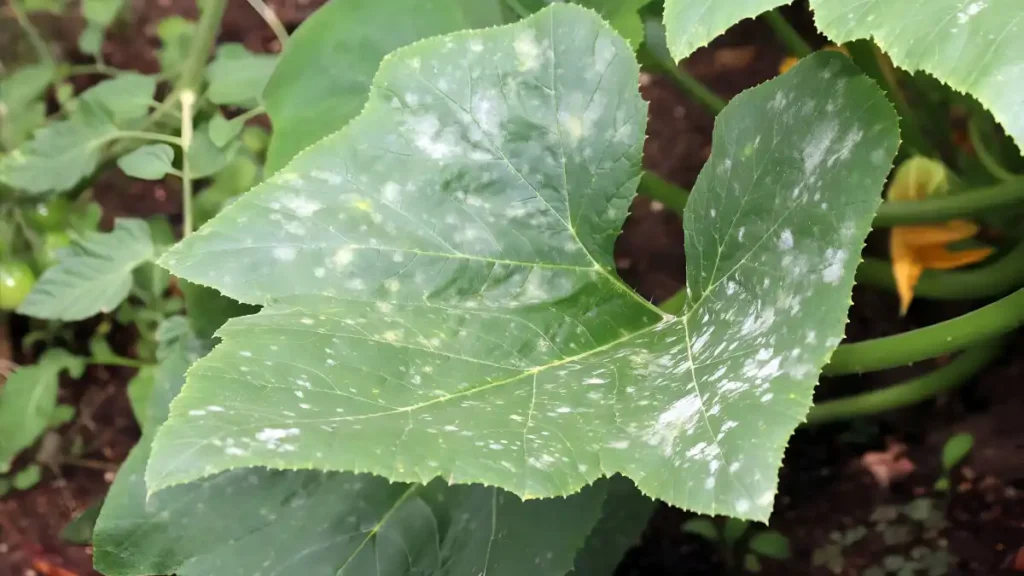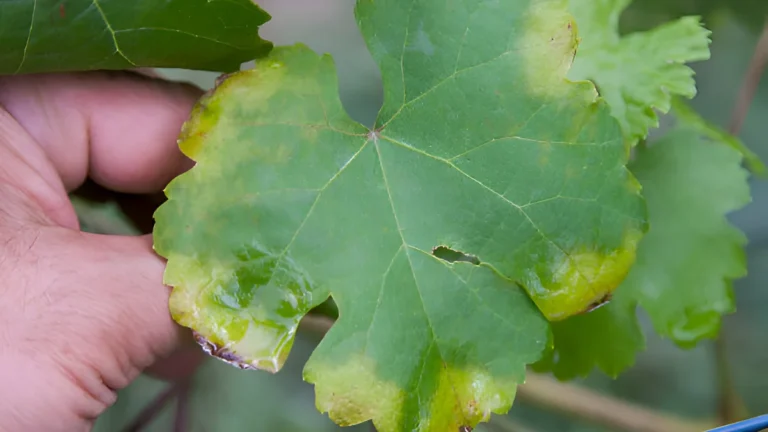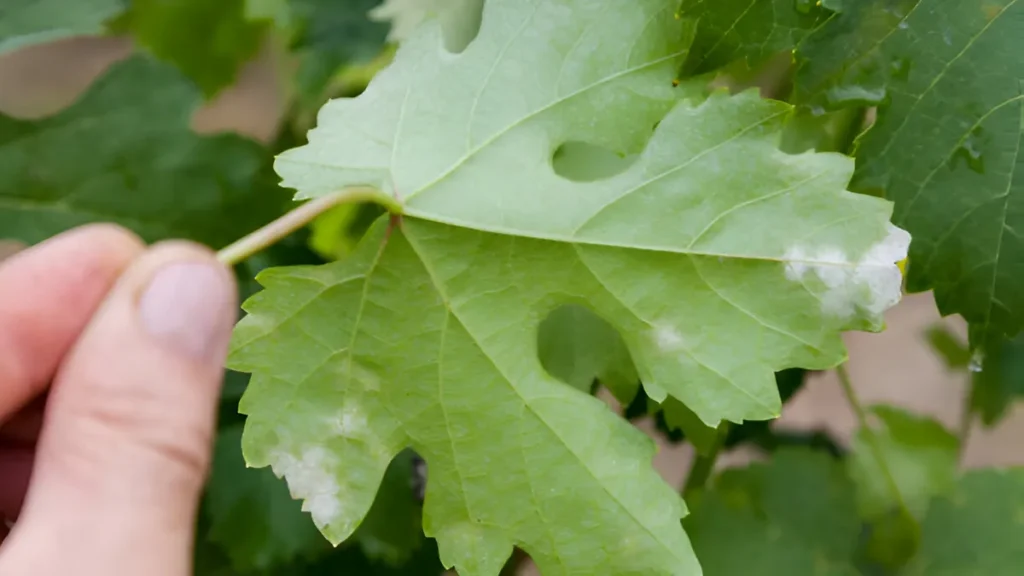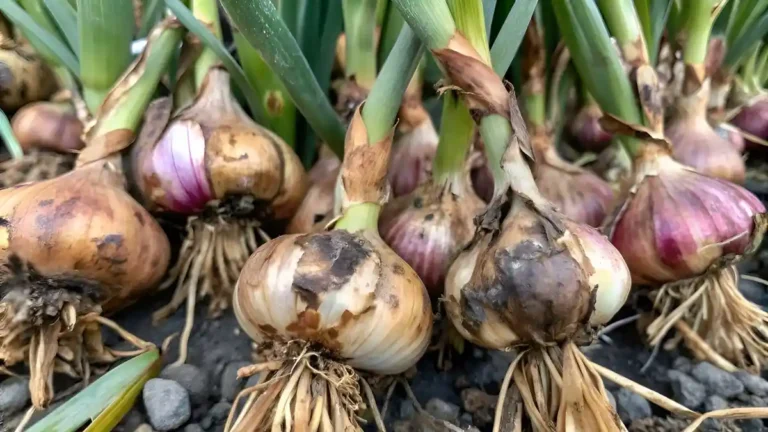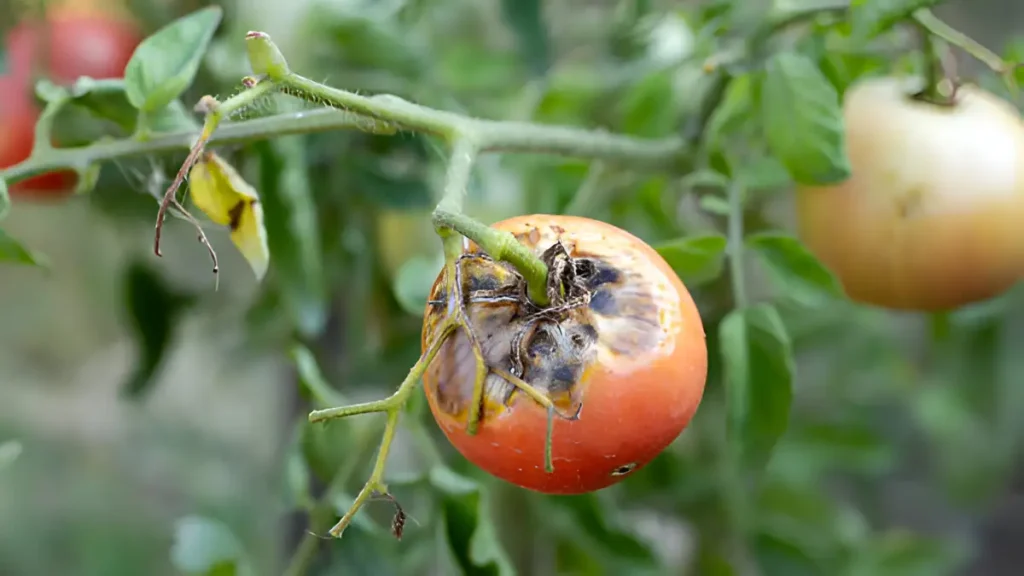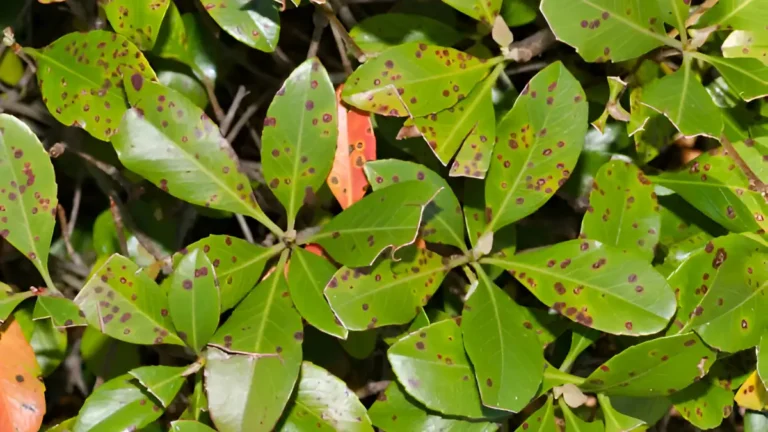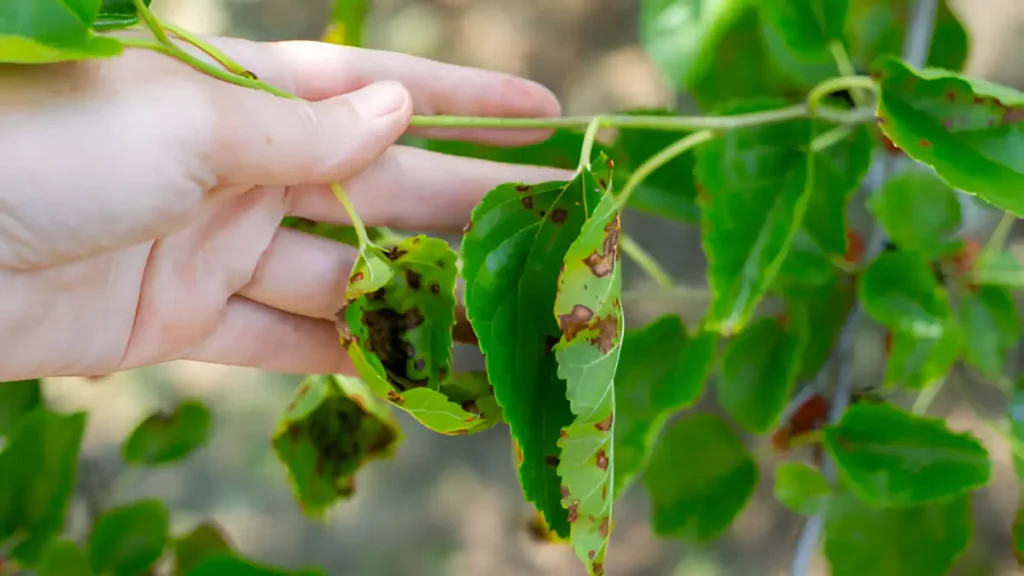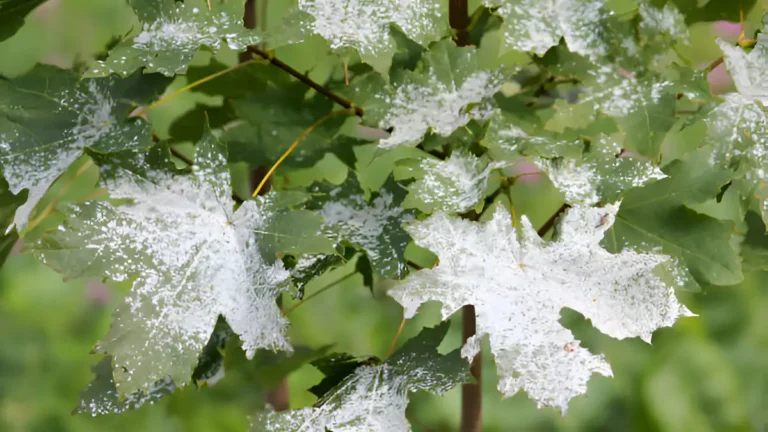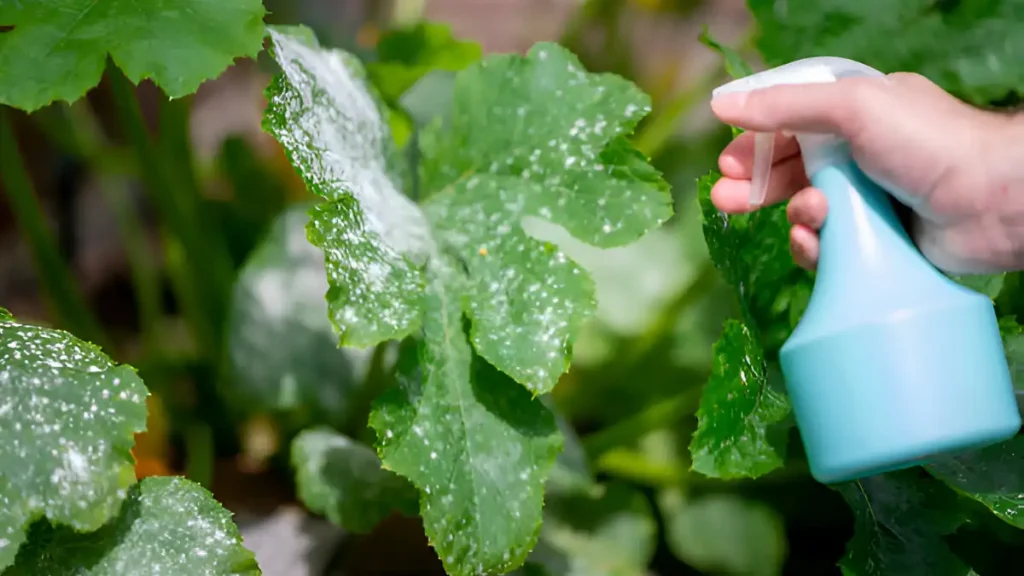The proper timing of planting lavender is critical to its optimum growth. Springtime, when the risk of frost has passed and the ground has warmed up, is the best time to grow lavender. In this way, during the growing season, the young plants can establish their roots. Lavender can also be planted in the fall to give it a head start before the next spring in areas with moderate winters. When lavender is planted at the right time, it flourishes and produces fragrant foliage and lovely blooms. We’ll help you determine when to plant lavender with this guide.
Learn when to plant lavender seeds:
Growing lavender from seeds is most effective in late winter to early spring, usually between February and April. Because of this timing, the seeds can sprout as the days become longer and the weather gets warmer. To give the seedlings a good start before moving them outside, start the seeds indoors approximately 10 to 12 weeks before the final anticipated date of frost. After the risk of frost has gone, the seedlings can be transplanted to a sunny, well-drained area in the garden.
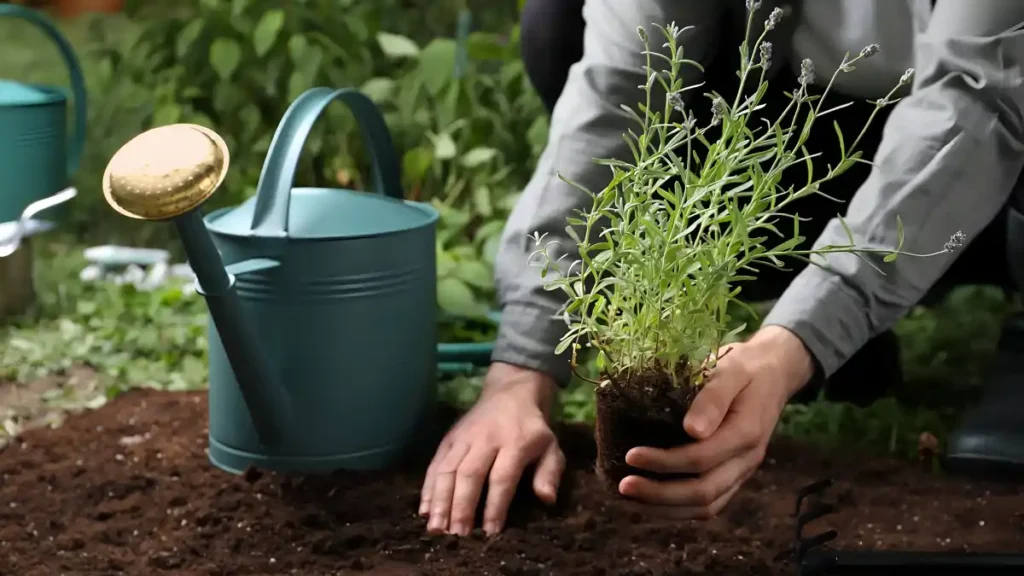
Here’s a guide on why and when to plant lavender seeds, including the optimal times:
1. Springtime (late April–early May)
- Lavender is best planted in the spring, especially after the last frost. Lavender can form robust roots before the extreme summer heat since the soil is starting to warm.
- Lavender has a full growth season to mature and adjust to its surroundings when planted in the spring. Because there is less chance of waterlogging the soil, this timing also lowers the risk of root rot.
2. Fall (late September – early October)
- Early fall is another suitable time, particularly in warmer climates. The cooler weather helps the plant focus on root development rather than top growth.
- Planting in fall gives lavender a head start for the next growing season. The roots can establish in the cooler months, leading to stronger growth in spring.
3. Avoid planting in summer and winter
- Midsummer plantings may cause stress to the plant because of the dry, hot weather. If planting in the summer is necessary, make sure the lavender has enough water to establish itself.
- Winter is not the best time to plant lavender because of the low temperatures and risk of frost, which can harm young plants without established roots.
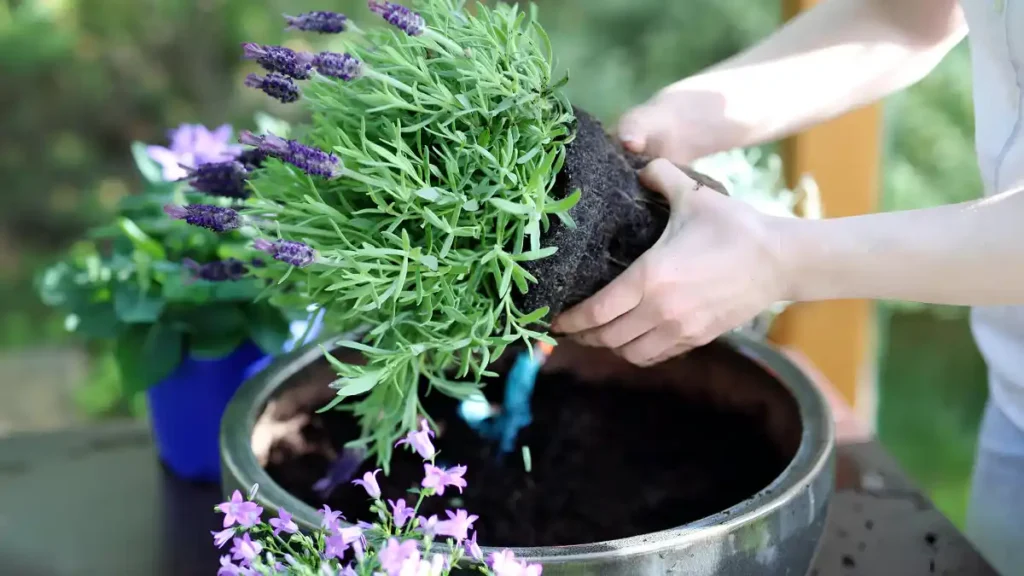
Conclusion:
The proper timing of planting lavender is critical to its optimum growth. Lavender is best planted in the spring, once the risk of frost has passed and the ground has warmed. In this way, during the growing season, the young plants can establish their roots. Lavender can also be planted in the fall to give it a head start before the next spring in areas with moderate winters. When lavender is planted at the right time, it flourishes and produces fragrant foliage and lovely blooms. You can discover why and when to plant lavender at its finest by adhering to these suggestions.
Certainly! If you’d like to learn more, please consider following our WhatsApp Channel: Harvest Gardening
A frequently asked questions:
Q1: How do I prepare the soil for planting lavender?
A1: Lavender grows well on slightly alkaline, well-drained soil. Healthy growth requires the incorporation of organic matter into the soil and the maintenance of adequate drainage.
Q2: When to plant lavender zone 7?
A2: The optimum time to plant lavender in Zone 7 is usually in the spring, following the last frost, which falls between April and May. This enables the plant to develop roots ahead of the summer’s heat.
Q3: Can lavender be grown in containers?
A3: It is possible to cultivate lavender well in pots. Use a potting mix that drains properly and select a pot with adequate drainage. Containers are an excellent choice for regions with colder winters and for managing soil conditions.
Q4: When to plant lavender in Texas?
A4: Lavender grows best in Texas in the early spring, following the last frost, or in the fall, when the roots have time to take hold before the summer heat. Make sure the soil has good drainage and an abundance of sunlight.

